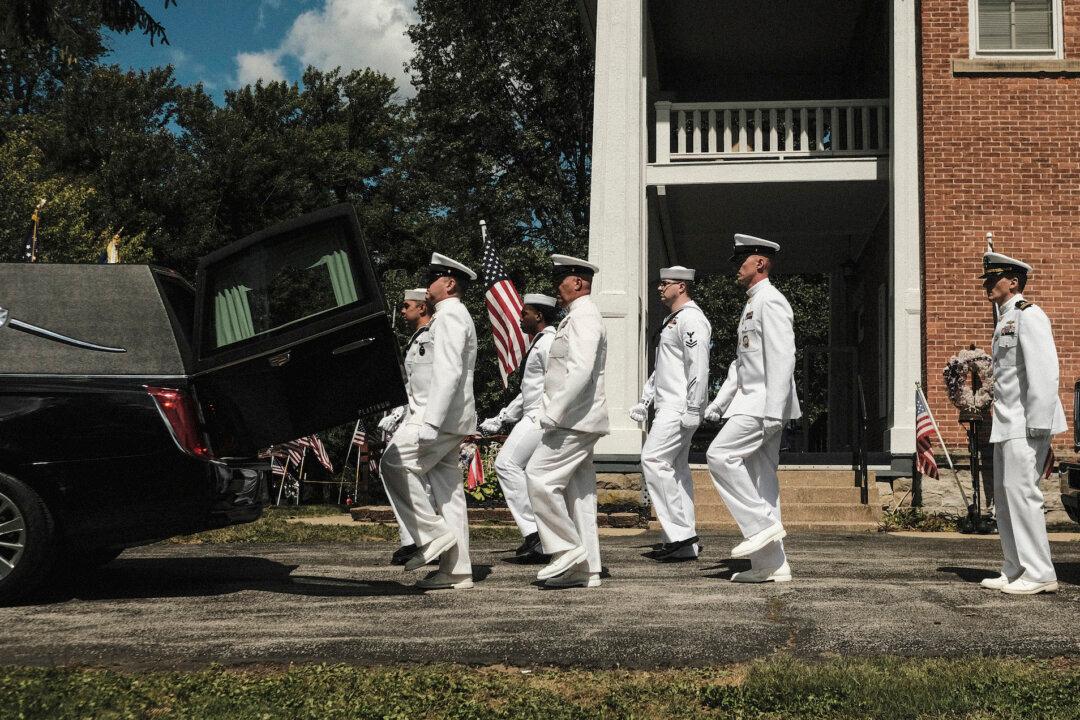Commentary
With our political and military establishment spending 20 years waging war in the mountains of central Asia, Americans now know that the old saying about Afghanistan and imperial ambition is a lie. A great nation with a keen pride in its own identity and the destiny defined by it doesn’t risk blood and treasure to convince primitive tribes to adopt its style of governance.





